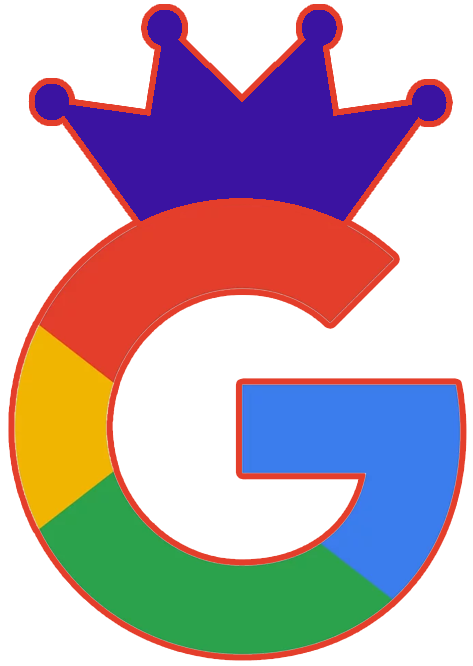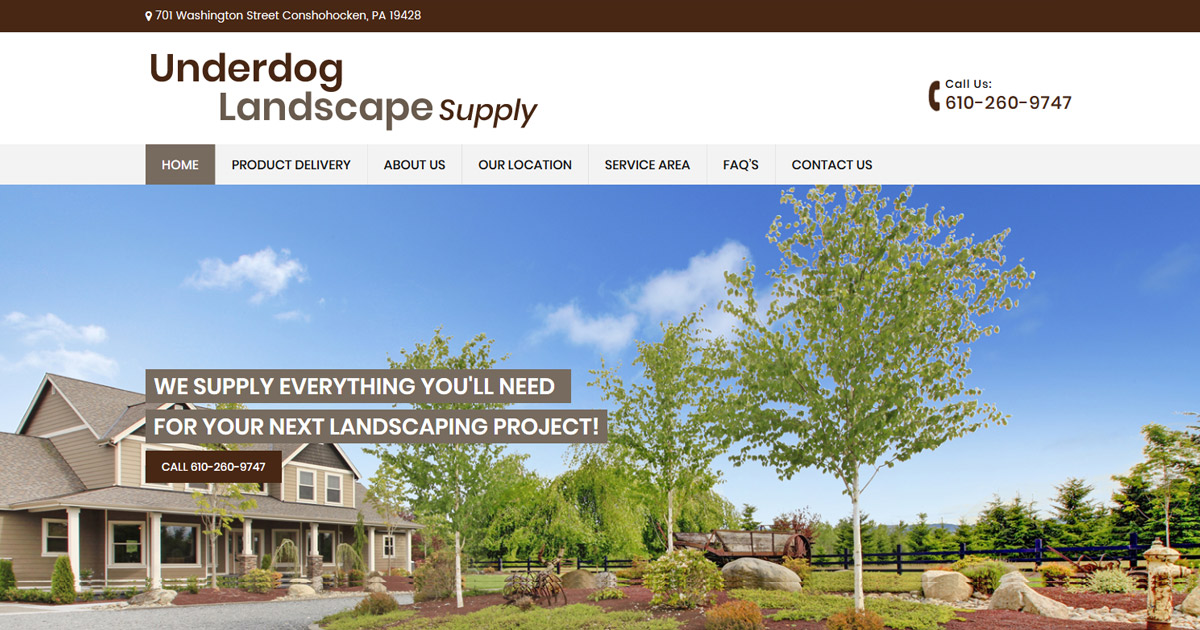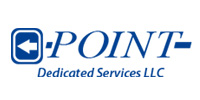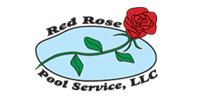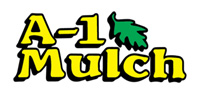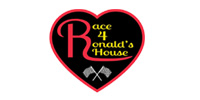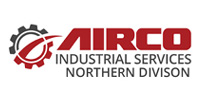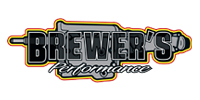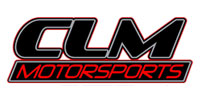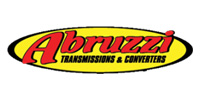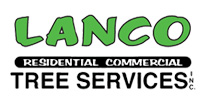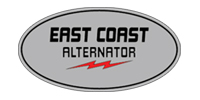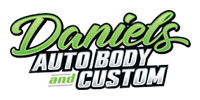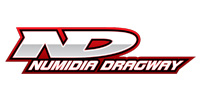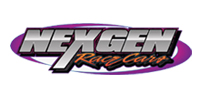1 – Launch a Professional website
Post a professionally designed website to the internet that represents you, your products or services. Simple? Anyone can do the job! All websites are the same right? Just a minute…
Now we’re not talking about a website that makes that big bang impression when the home page opens, then fizzles out when your client can’t figure out how to navigate the latest wiz bang style of navigation your web designer built in to your new site. Bells and whistles can be neat. Flash animations can add high impact to your home page and some in fact are really impressive… but stop… hold the phone! What is it that your website is trying to sell? Bells? Whistles? Fancy flash animations? Probably not, and this is where you need to place a high value on your visitors’ time, because if you don’t, they’ll hit that back button before your flash is done loading, if not done playing.
I like to tell those ordering their first website that most of their potential clients have their own interests and can easily visit the local movie theater, buy a Pay Per View movie or play the newest game on Play Station or Wii, if they’re looking for entertainment. When they click through to your website from a search engine they’re looking for you, your products or services, and the faster you present what they want, the longer they’ll stay and learn more about why they should do business with your company.
A good website needs to tell short stories, be easy to read, in bites that can be easily absorbed on its home and landing pages (where visitors enter the website from the search engines). Remember most visitors’ attention spans are short, especially when searching on the Internet and wading through a plethora of spam and poorly designed websites. This doesn’t mean that your website can’t be loaded with information and pages with thousands of words— just not on the landing pages. Landing pages should have short stories consisting of a few sentences that quickly present the gist of your message, and allow the visitor to easily proceed to read your next short story, and decide if this is what they wanted. If so, the visitor can learn more by clicking a link, or they may proceed to the next story.
Don’t forget your call to action, whether it’s “buy now” or “contact us for a free consultation”. Place links containing your call to action between paragraphs of your copy, among pictures of your products, or wherever appropriate. Don’t make your visitor look to find the action you want them to take. Take their hand and lead them.
Don’t hide your contact information. Have you ever struggled to find a phone number for a company you want to contact on their own website? Happens to me all of the time. Whether it’s a matter of poor web design, or perhaps they don’t plan to answer their phone, so there’s no sense in publishing the number where it will cause the phone to ring. If one of your calls to action is “contact us now!” and you’re capable of fielding the calls, why not put your telephone number front and center at the top of every web page. Just because it’s there doesn’t mean every visitor will call, but those that need to will really appreciate the simplicity of finding the number. Those that don’t will get a warm feeling knowing that you’re ready to discuss their needs when they are.
Present the most important messages or products up front. Make a prioritized list of the primary messages or product categories you want to convey to a visitor. Place items on your landing pages following this list, the most important at the top.
Present your messages in both text and images where possible. Many of your visitors may be more oriented towards graphics and photos and not prone to read all of your copy. Images stimulate the mind and can really help both navigation and understanding. Remember the average reading level of American parents of young children is only at about the 7th to 8th grade level. Keep your text simple and easy to understand.
Use colors that work for your business. Not every business is a circus that uses every color in the crayon box. While black is truly beautiful, especially when displayed on the screen of a PC, it’s not the best color selection for many websites.
Use white space between images and text to make your website easily readable. Over-crowded web pages are hard to use, and may send potential clients packing.
Who are your potential clients and web visitors? Men? Women? Children? Make your website appealing to your target market. Think masculine, feminine, unisex or juvenile depending on your target.
Finally remember this is only the beginning of your journey on the internet. Once your site has gone live and you begin to collect visitor data you’ll want to continuously add to your website and test different conversion methods. More on that in parts 2 and 3. A successful website is a threes step process and considering the internet is where you’ll be finding new customers for years to come it deserves the investment in time and funding to make it a top performer on your competitive market place.




